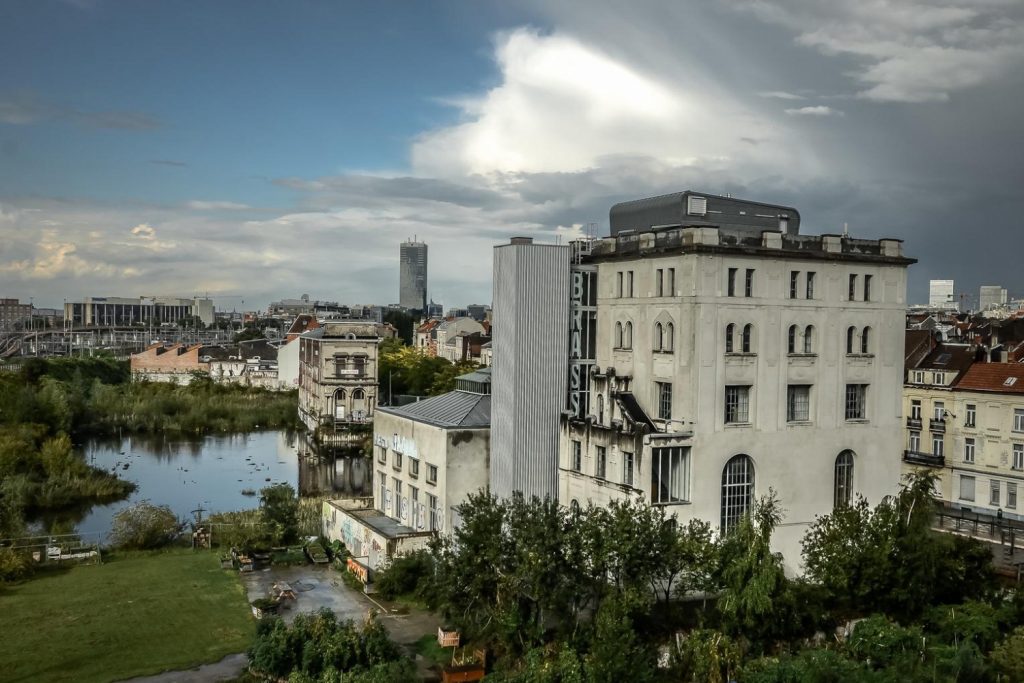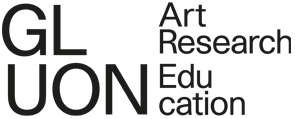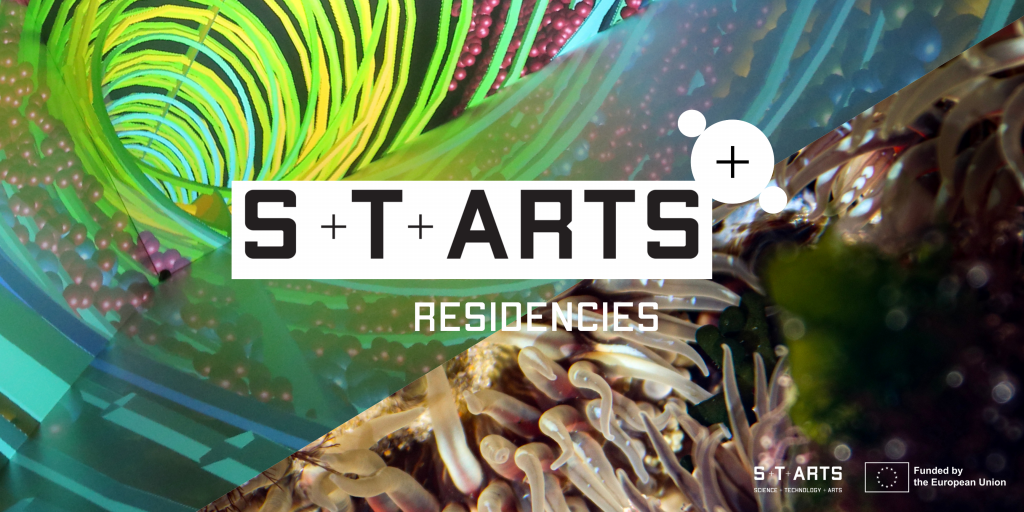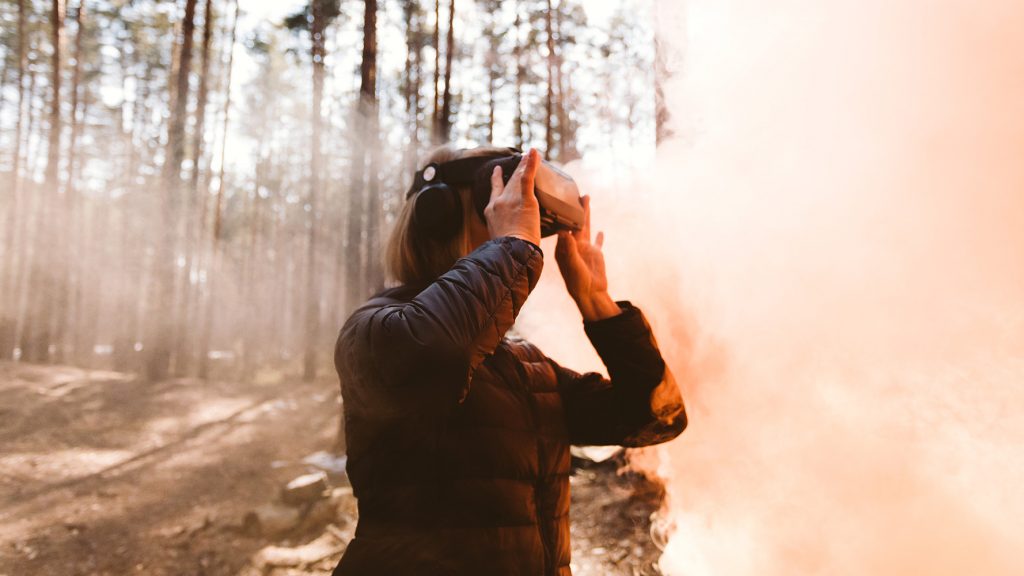S+T+ARTS in the City | Artists-in-Residence | Adrien Lucca
+ Challenge
Going Wild in the City
+ Problem Statement
While our modern cities have been progressively distancing us from nature, the latter has always remained an integral part of the urban landscape. How can we create more awareness that values the interconnectedness and interdependence of all living beings in the city?
+ Keywords
Agency, Symbiocene, Urban, Biodiversity, Hybrid, Plant Intelligence, Interspecies, Wild
+ Description
This residency will explore how our relationship with nature in the urban (and not limited to the peri-urban) area may be reimagined and reconfigured within what we call ‘symbiotic’ thinking: a term coined by Australian philosopher Glenn Albrecht to describe a hypothetical future era in which humans live in harmony with the natural world and recognize the interconncetedness and interdependence of all life forms.
While our modern cities may appear to distance us from nature, it has always remained an integral part of the urban landscape. Through this residency, we aim to raise citizens’ awareness about the significance, variety, and resilience of natural life thriving or surviving in the Brussels region. By leveraging various digital technologies, artists can uncover and defend the wild side of the city and shed light on the vital role it plays in our lives. Ranging from urban forests, to accommodating wildlife to stopping the use of pesticides to letting plants in parks grow uncontrolled and strips of land along railway lines such as Wiels Marais in Brussels are just a few examples of rewilding types within the urban sprawl. These areas harbour flourishing animal and plant populations, offering a glimpse into the remarkable biodiversity that persists amidst concrete and steel. As we confront the challenges posed by climate change, it becomes crucial to investigate the multifaceted values — be they political, cultural, economical, or recreational — associated with nature in the city. In this residency we invite artists to envision future scenarios that explore the concept of ownership in public spaces, not just limited to humans but encompassing inter-species perspectives.
+ Artist
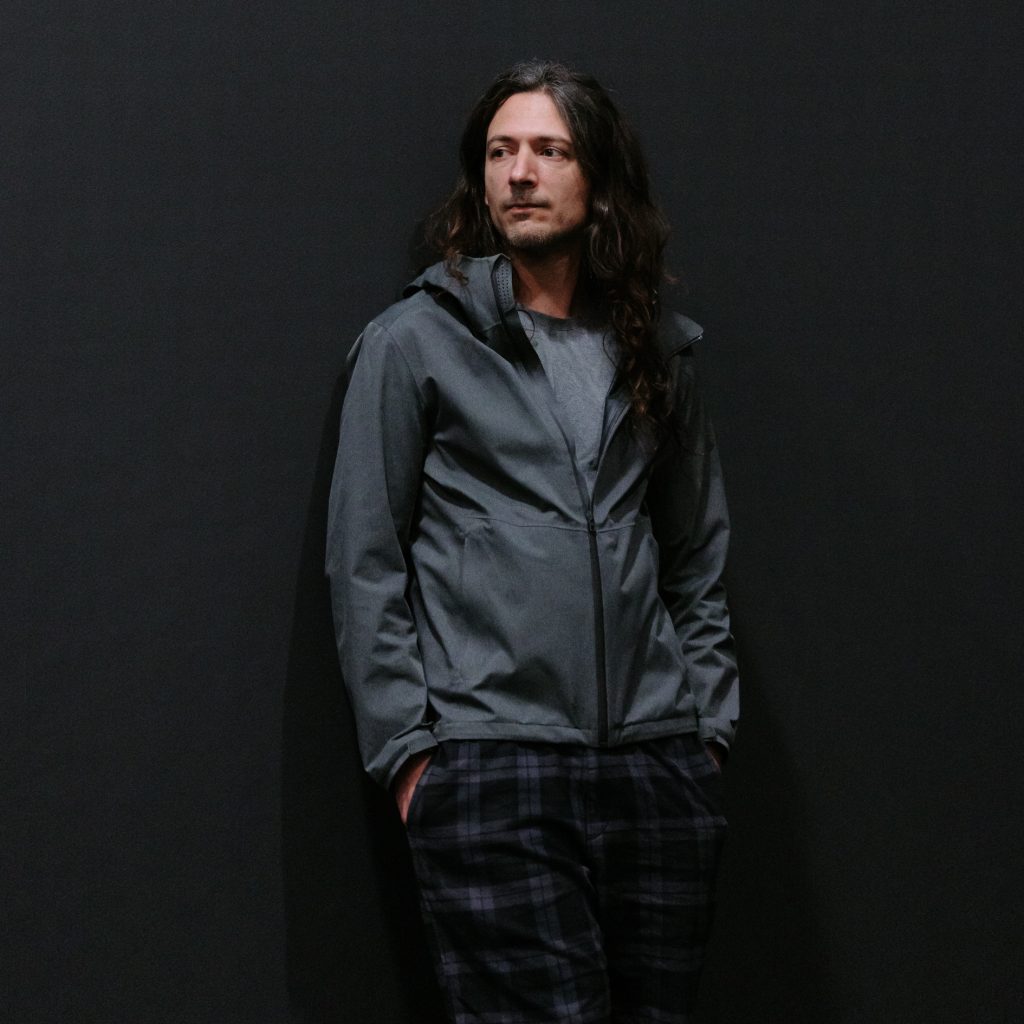
Adrien Lucca, a multidisciplinary artist born in Paris in 1983, has been blending science and art since 2009 to explore color, light, and perception. Based in Brussels, his work challenges conventional relationships between the physical world and our interpretation of it. His studio practice focuses on the autonomous creation and installation of monumental public artworks grounded in the use of traditional and contemporary techniques. Specializing in pigment color, glass, and LED light, his studio merges chemistry, physics, and perceptual studies, utilizing advanced tools and software to either produce in-house projects or develop prototypes for outsourcing. The studio’s collaborations with diverse specialists, from glass makers to engineers, demonstrate its commitment to interdisciplinarity and innovation. Lucca’s endeavors offer an introspective lens on human interaction with the physical realm, urging a reevaluation of normalized perceptions of color and light, making him a proponent for the intersectionality of art and science. The synthesis of diverse domains in his work underlines a distinctive approach to unveiling the subtleties of the human perceptual experience.
+ Residence Project: Parallel Worlds
Pollinating insects can see wavelengths of light that humans do not, revealing to them a world of colors and patterns hidden from us. The reverse is also true: humans see colors that the insects do not. The construction of the urban and natural worlds is predetermined by the visual interactions of life forms with their environment. As humans and artists choose the materials that color their environment, the pollinating insects have chosen the pigments of flower through 200 million years of co-evolution. What humans interpret as “natural” and see with colors determined by their own visual organs may well be “artificial” from the point of view of insects and flowers. How can we, as human beings, learn to see and appreciate these parallel worlds that exist around us? Could we perceive with our eyes what other species see? Can we pave the way towards a use of light in public spaces that welcomes non-human life instead of disturbing it?
Through the use of different wavelengths of light it is possible to change the color of certain plant pigments and to reveal to our vision hidden structures, giving the awareness that humans are surrounded by invisible realms. While speculation about parallel universes often relies on concepts from quantum physics, Einstein’s relativity, or other mathematical theories to imagine other unobservable universes, this project proposes an approach rooted in our own world through light and vision. This proposal therefore explores parallel worlds that already exist here and now: worlds within our world.
+ Video Statement
+ Jury Testimonial
“This proposal very nicely makes the link between Adrien’s own developed LED technology and its application in art. The philosophical narrative behind the objectives is very relevant and will hopefully induce critical reflections with the spectator.”
